Home>Maintenance & Safety>Child & Elderly Safety at Home>How Accurate Is The Temperature On A Baby Monitor
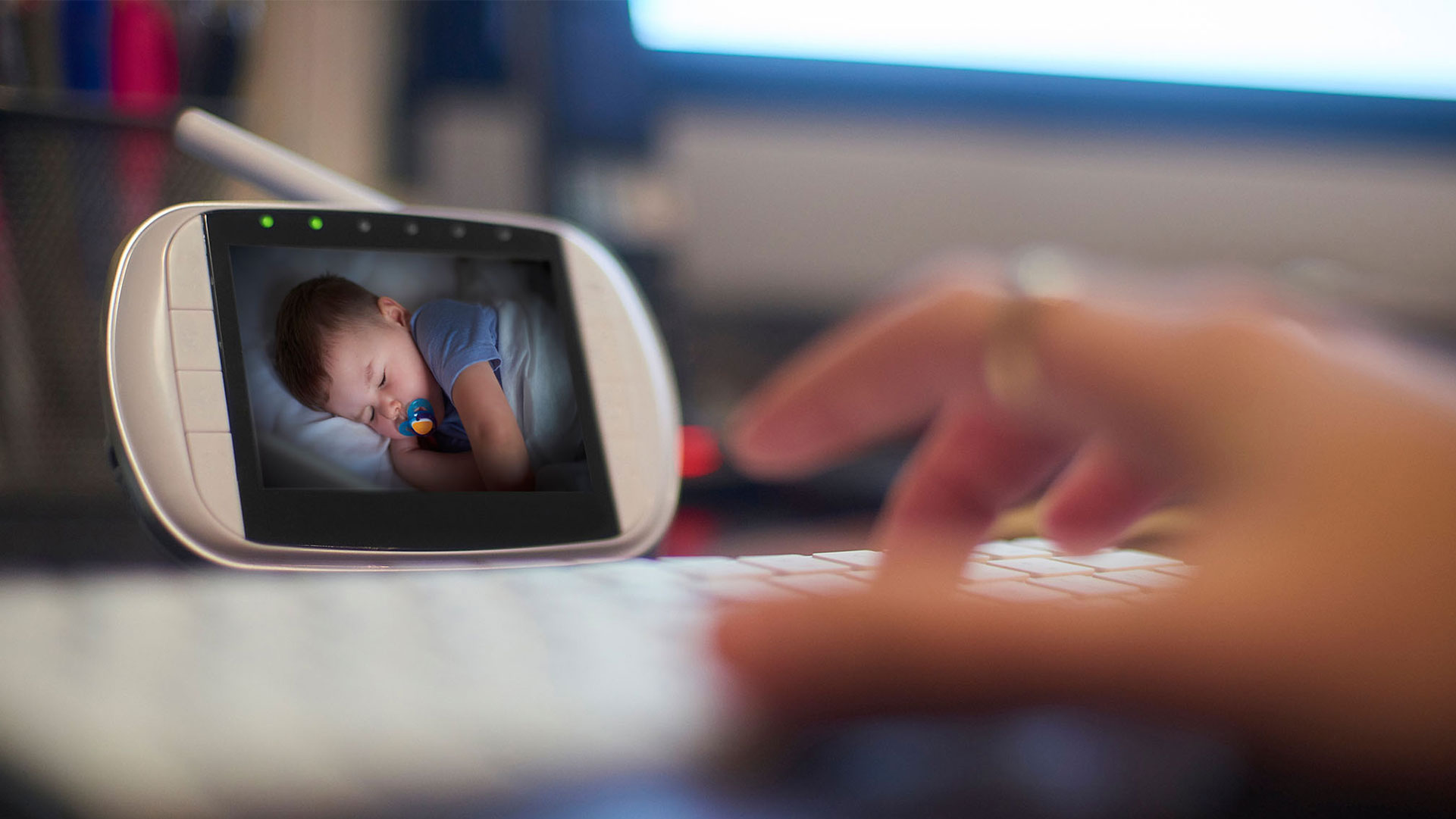

Child & Elderly Safety at Home
How Accurate Is The Temperature On A Baby Monitor
Modified: August 16, 2024
Ensure child and elderly safety at home with accurate temperature monitoring on a baby monitor. Learn how reliable these devices are for maintaining a safe environment.
(Many of the links in this article redirect to a specific reviewed product. Your purchase of these products through affiliate links helps to generate commission for Storables.com, at no extra cost. Learn more)
Introduction
Ensuring the safety and well-being of infants and young children is a top priority for parents and caregivers. One essential tool that assists in this endeavor is the baby monitor, a device that provides real-time audio and video surveillance of a child’s nursery or sleeping area. In recent years, advanced baby monitors have incorporated additional features, such as the ability to measure the ambient temperature of the room. This innovation has prompted many parents to rely on the temperature readings from their baby monitors to gauge the comfort and safety of their little ones.
The accuracy of temperature readings on baby monitors is a topic of great interest and concern for parents. Understanding how these devices measure temperature, the factors that can influence their accuracy, and how they compare to traditional thermometers is crucial for making informed decisions about their usage. This article aims to delve into these aspects, providing valuable insights into the accuracy of temperature readings on baby monitors and offering practical tips for ensuring the safety and comfort of infants and young children.
Key Takeaways:
- Baby monitors measure room temperature using sensors, but accuracy can be affected by placement and sensor quality. Comparing readings with traditional thermometers can help ensure reliability.
- To ensure accurate temperature readings, place the baby monitor strategically, regularly check calibration, and stay aware of environmental factors. Reliable connectivity and regular maintenance also contribute to precision.
Read more: How To Use A Baby Monitor
How Baby Monitors Measure Temperature
Modern baby monitors are equipped with temperature sensors that continuously monitor the ambient temperature of the room where the device is placed. These sensors are typically thermistors, which are electronic devices whose electrical resistance changes with temperature. The monitor uses the readings from the thermistor to calculate and display the current temperature on its screen or app interface.
Some baby monitors also offer the option to set temperature thresholds, alerting caregivers if the room becomes too hot or too cold. This feature provides an added layer of safety, allowing parents to take prompt action if the temperature strays outside the preset comfort range.
It’s important to note that the accuracy of temperature measurements can vary between different models of baby monitors. Factors such as the placement of the monitor, proximity to heat sources or drafts, and the quality of the temperature sensor can all impact the precision of the readings. Understanding these factors is essential for interpreting and relying on the temperature data provided by the monitor.
Factors Affecting Temperature Accuracy
Several factors can influence the accuracy of temperature readings on baby monitors. Understanding these variables is crucial for interpreting the data provided by the device and making informed decisions regarding the comfort and safety of the child. Some key factors to consider include:
- Placement of the Monitor: The location of the baby monitor within the room can significantly impact temperature readings. Placing the monitor near heat sources, such as radiators, direct sunlight, or electronic devices, can result in higher temperature readings. Conversely, positioning the monitor in drafty areas or near air conditioning vents may lead to lower temperature measurements. It’s important to place the monitor in a central, well-ventilated area to obtain more accurate temperature readings.
- Calibration and Sensor Quality: The accuracy of the temperature sensor within the baby monitor is paramount. High-quality monitors with well-calibrated sensors are more likely to provide precise temperature measurements. Cheaper or lower-quality monitors may exhibit less reliable temperature readings, potentially leading to inaccurate assessments of the room’s temperature.
- External Influences: Environmental factors, such as seasonal changes, humidity levels, and room insulation, can impact the ambient temperature and, consequently, the accuracy of the monitor’s readings. Caregivers should be mindful of these external influences when interpreting the temperature data provided by the baby monitor.
- Interference and Signal Loss: In some cases, wireless interference or signal loss between the monitor and its parent unit or smartphone app can affect the transmission of temperature data. It’s essential to ensure a stable and reliable connection to minimize the risk of inaccurate temperature readings due to communication issues.
By understanding these factors, caregivers can take proactive steps to optimize the accuracy of temperature readings on baby monitors, thereby enhancing their utility in maintaining a safe and comfortable environment for infants and young children.
When using a baby monitor to monitor your baby’s temperature, it’s important to remember that the accuracy of the temperature reading can vary. It’s always a good idea to double-check the reading with a traditional thermometer to ensure accuracy.
Comparing Baby Monitor Temperature Readings with Traditional Thermometers
While baby monitors offer the convenience of real-time temperature monitoring, it’s essential to assess the accuracy of their temperature readings in comparison to traditional thermometers. Traditional thermometers, such as digital or mercury-based models, are widely used for measuring body temperature and environmental conditions. Comparing the readings from baby monitors with those obtained from traditional thermometers can provide valuable insights into the reliability of the monitor’s temperature measurements.
When comparing baby monitor temperature readings with traditional thermometers, caregivers should consider the following factors:
- Accuracy and Calibration: Traditional thermometers designed for measuring room temperature are often calibrated for precise accuracy. Comparing the readings from a trusted traditional thermometer with those of the baby monitor can reveal any discrepancies in accuracy. Caregivers can use this comparison to gauge the reliability of the monitor’s temperature sensor.
- Consistency: Consistent temperature readings across multiple devices provide confidence in the accuracy of the measurements. Regularly cross-referencing the temperature data from the baby monitor with that of a traditional thermometer can help identify any consistent variations or discrepancies, enabling caregivers to make informed decisions based on reliable temperature data.
- Placement and Environmental Factors: Traditional thermometers are often designed for specific placement, such as wall-mounted, tabletop, or handheld use. Understanding the optimal placement and environmental conditions for traditional thermometers can provide insights into the best practices for positioning the baby monitor to obtain accurate temperature readings.
By comparing baby monitor temperature readings with those obtained from traditional thermometers, caregivers can gain a comprehensive understanding of the monitor’s accuracy and reliability in measuring room temperature. This comparison serves as a valuable quality assurance measure, ensuring that the temperature data provided by the baby monitor is trustworthy and conducive to maintaining a safe and comfortable environment for infants and young children.
Tips for Ensuring Accurate Temperature Readings
Optimizing the accuracy of temperature readings on baby monitors is essential for providing a safe and comfortable environment for infants and young children. Caregivers can implement the following tips to enhance the precision and reliability of the temperature data obtained from baby monitors:
- Strategic Placement: Position the baby monitor in a central location within the room, away from direct heat sources, drafts, and windows. This placement helps ensure that the temperature readings reflect the true ambient conditions of the nursery or sleeping area.
- Regular Calibration Checks: If the baby monitor allows for manual calibration or adjustment of temperature settings, caregivers should periodically verify the accuracy of the readings by comparing them with those from a trusted traditional thermometer. This practice helps maintain the monitor’s precision over time.
- Environmental Awareness: Stay mindful of environmental factors that can influence room temperature, such as changes in weather, humidity levels, and the operation of heating or cooling systems. Understanding these influences allows caregivers to interpret temperature data in the context of the room’s overall conditions.
- Signal Strength and Connectivity: Ensure that the baby monitor maintains a stable and robust connection between the nursery unit and the parent unit or smartphone app. Reliable signal strength minimizes the risk of data transmission errors that could affect the accuracy of temperature readings.
- Regular Maintenance: Keep the baby monitor and its temperature sensor clean and free from dust or debris that could interfere with its functionality. Regular maintenance and inspection help uphold the accuracy of temperature measurements over time.
- Secondary Verification: When in doubt about the accuracy of temperature readings, caregivers can verify the monitor’s data by using a secondary traditional thermometer for comparison. This approach provides an additional layer of assurance regarding the room’s temperature.
By implementing these tips, caregivers can proactively enhance the accuracy and reliability of temperature readings on baby monitors, empowering them to create a safe and nurturing environment for infants and young children.
Read more: Where To Mount A Baby Monitor
Conclusion
As caregivers strive to create a safe and comfortable environment for infants and young children, the accuracy of temperature readings on baby monitors plays a significant role in monitoring the ambient conditions of nurseries and sleeping areas. Understanding how baby monitors measure temperature, the factors that can affect temperature accuracy, and the comparison with traditional thermometers provides valuable insights for caregivers seeking to rely on these devices for accurate information.
By considering the placement of the monitor, the quality of the temperature sensor, and external influences, caregivers can optimize the accuracy of temperature readings, fostering a reliable and trustworthy monitoring experience. Regularly comparing the temperature data from baby monitors with traditional thermometers serves as a quality assurance measure, ensuring that caregivers can make informed decisions based on precise and consistent temperature measurements.
Implementing strategic placement, regular calibration checks, environmental awareness, and reliable connectivity enhances the precision and reliability of temperature readings on baby monitors. These proactive measures empower caregivers to maintain a vigilant and nurturing environment for infants and young children, promoting their safety and well-being.
Ultimately, the accurate measurement of room temperature through baby monitors contributes to the holistic approach of child and infant care, providing caregivers with the information needed to create a comfortable and secure space for their little ones. By leveraging the insights and tips outlined in this article, caregivers can confidently utilize baby monitors as valuable tools in safeguarding the health and comfort of infants and young children.
Frequently Asked Questions about How Accurate Is The Temperature On A Baby Monitor
Was this page helpful?
At Storables.com, we guarantee accurate and reliable information. Our content, validated by Expert Board Contributors, is crafted following stringent Editorial Policies. We're committed to providing you with well-researched, expert-backed insights for all your informational needs.
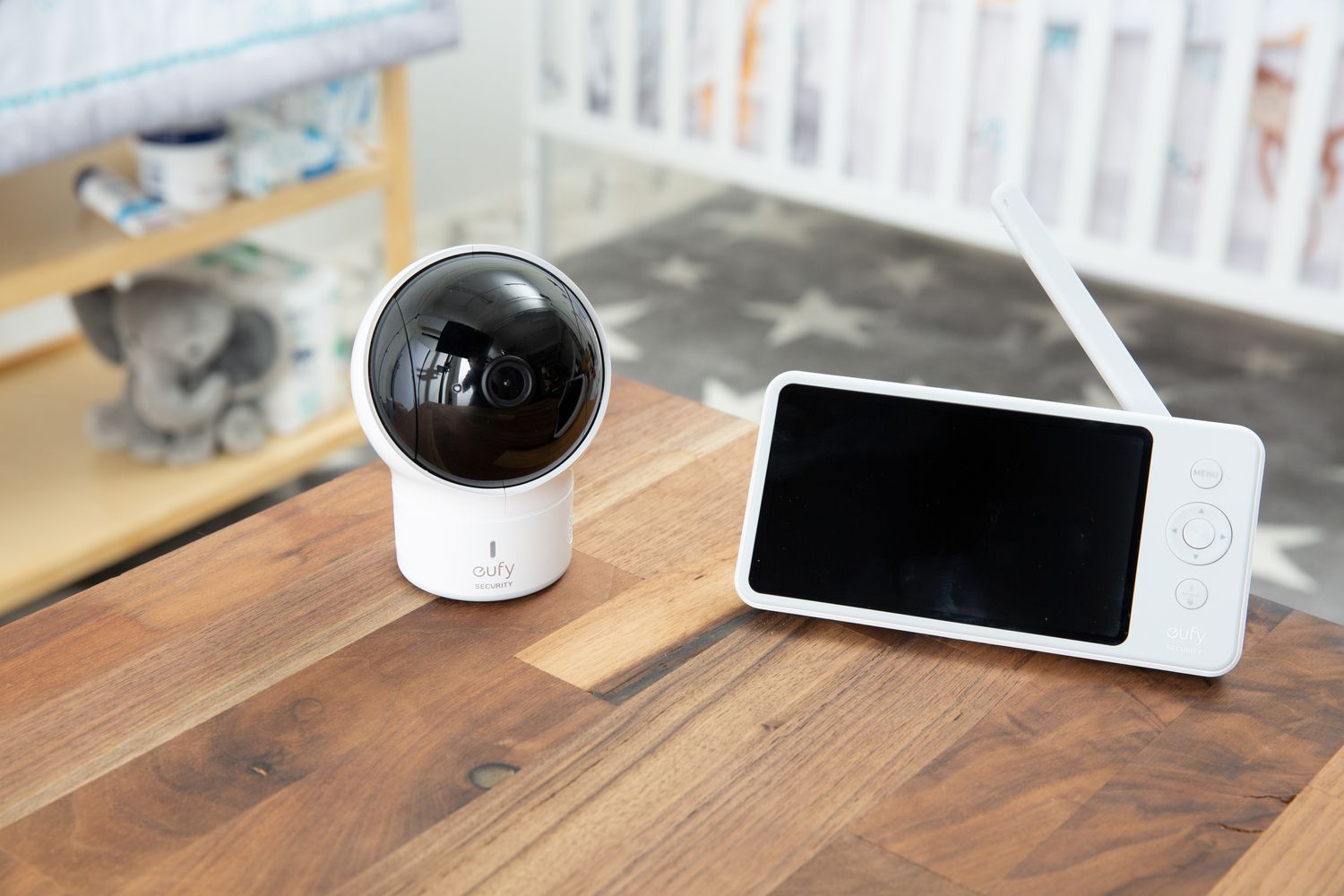

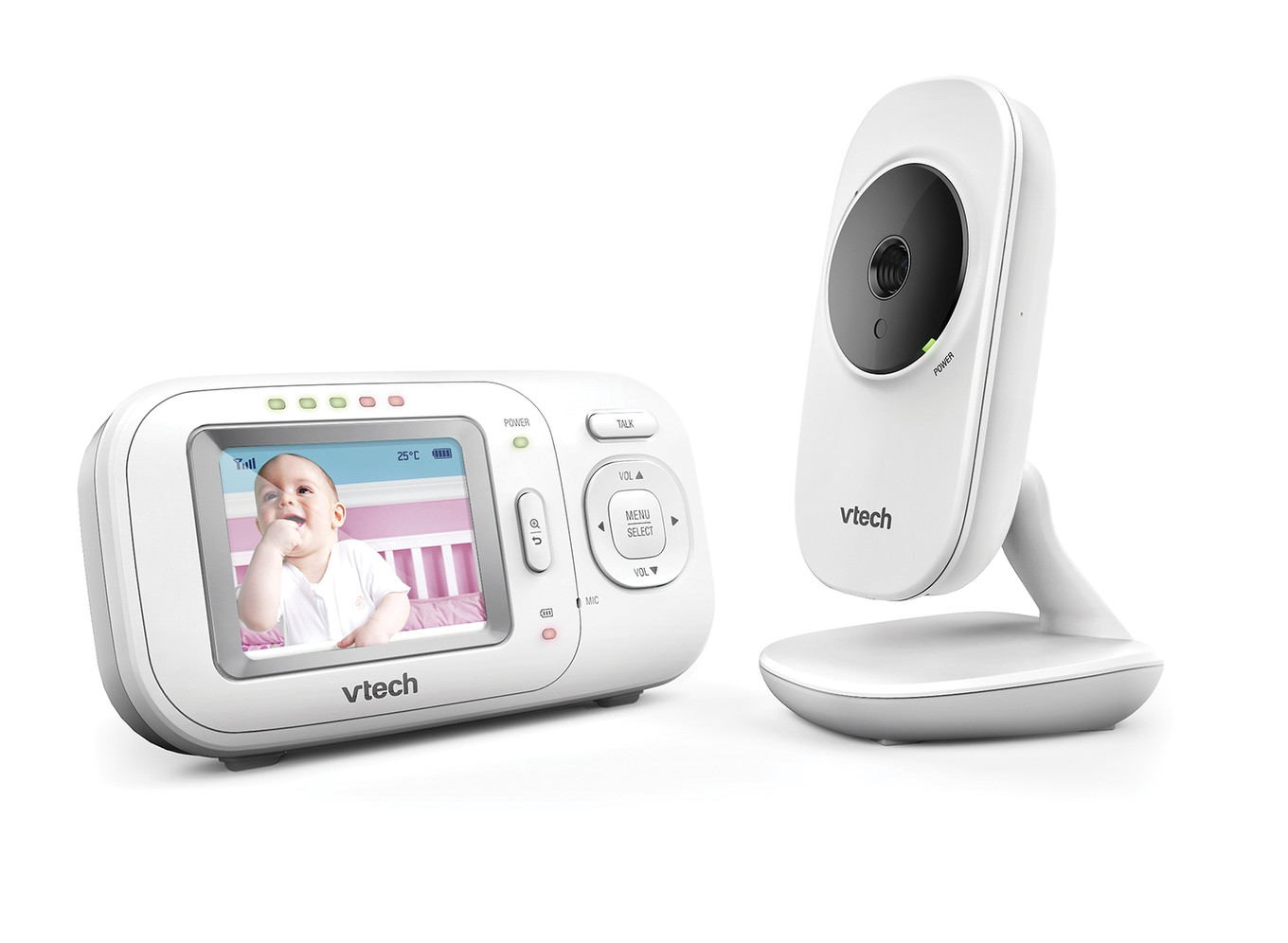
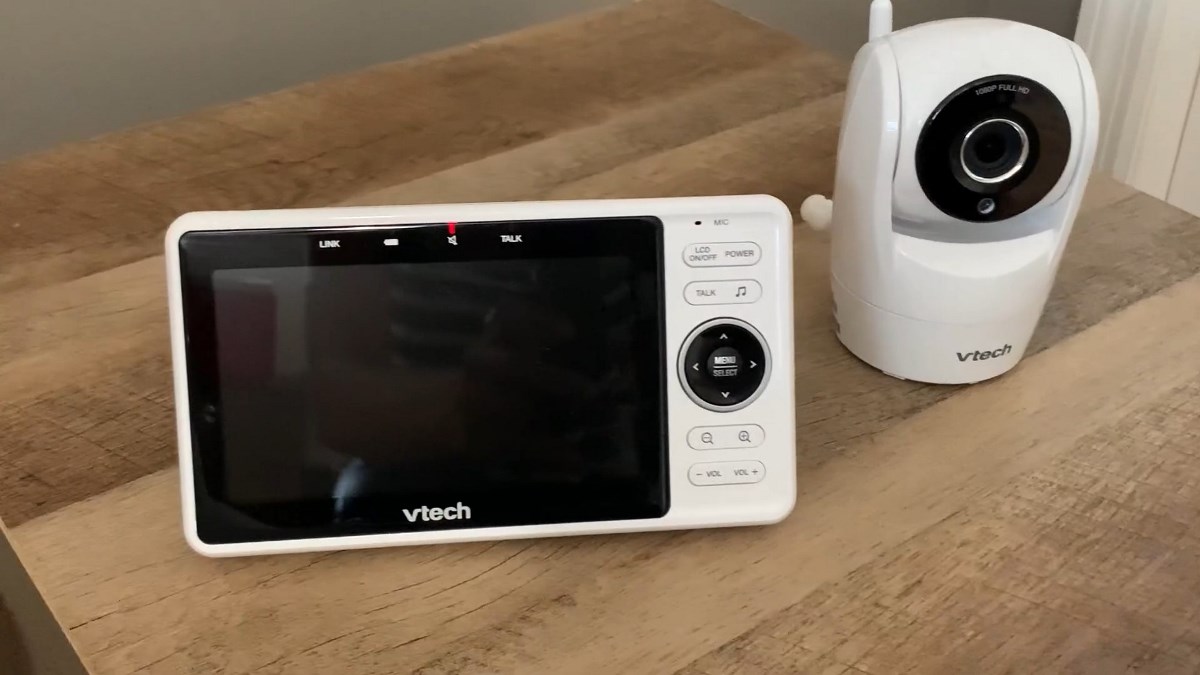
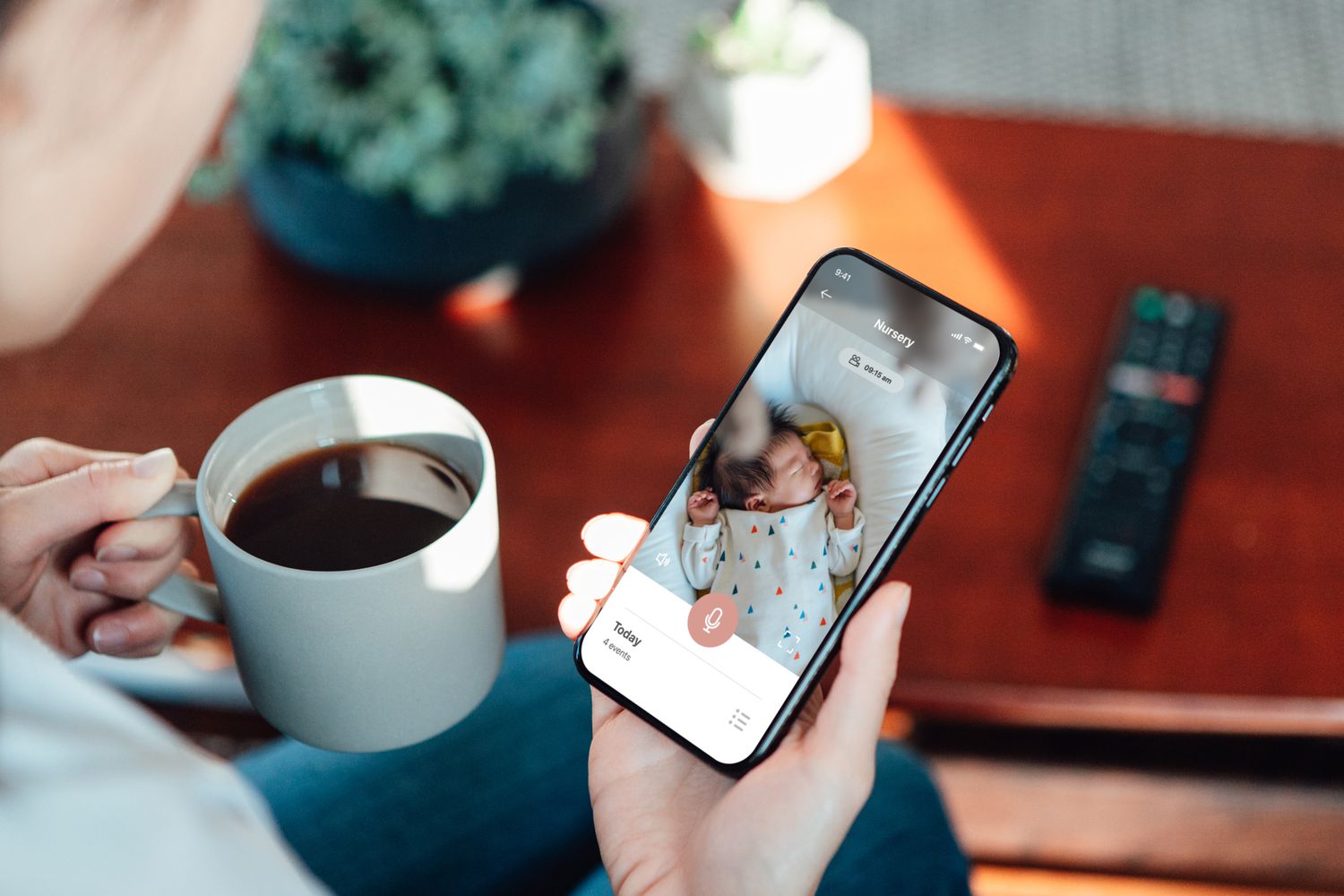
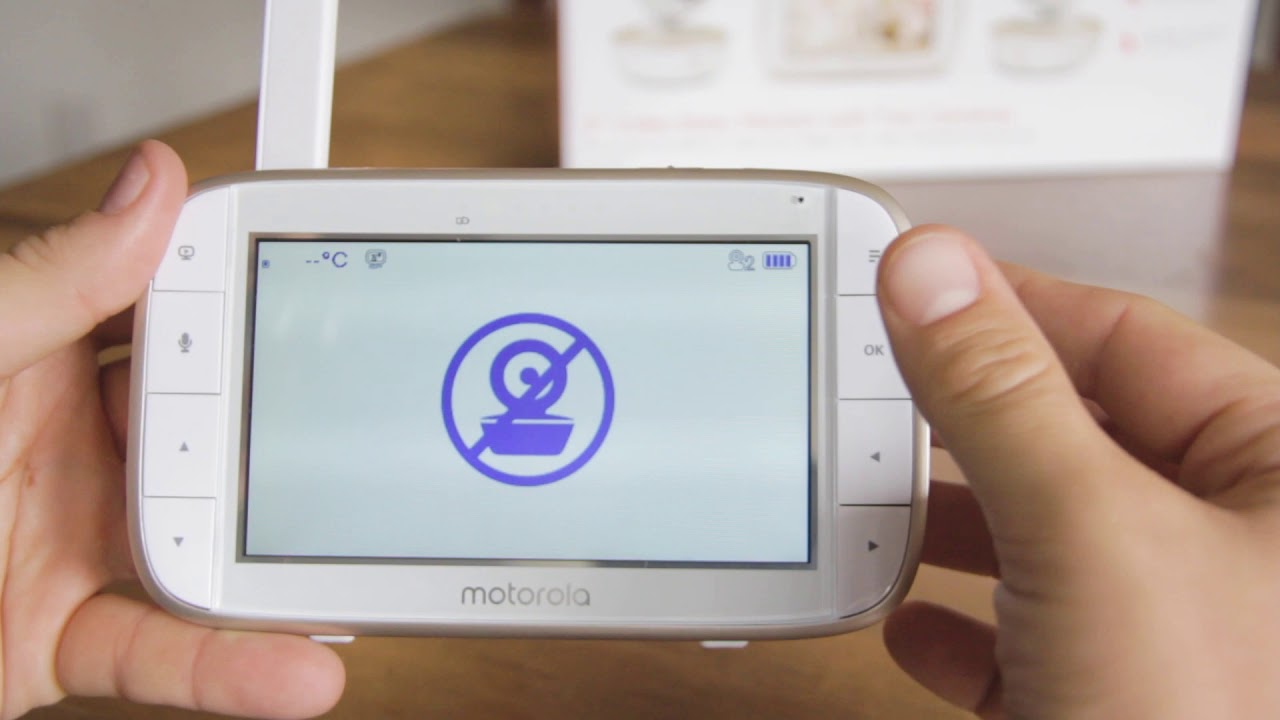
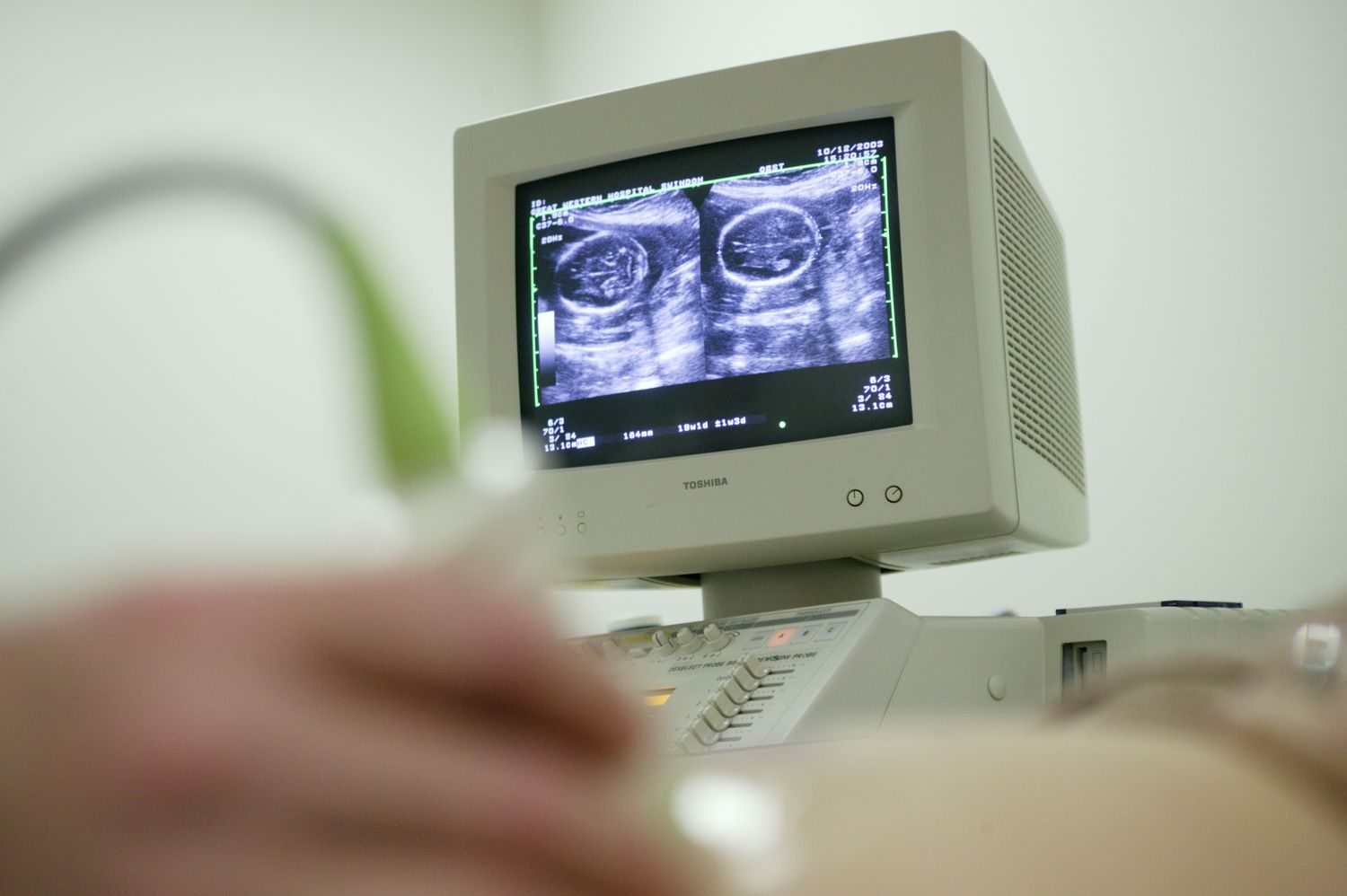
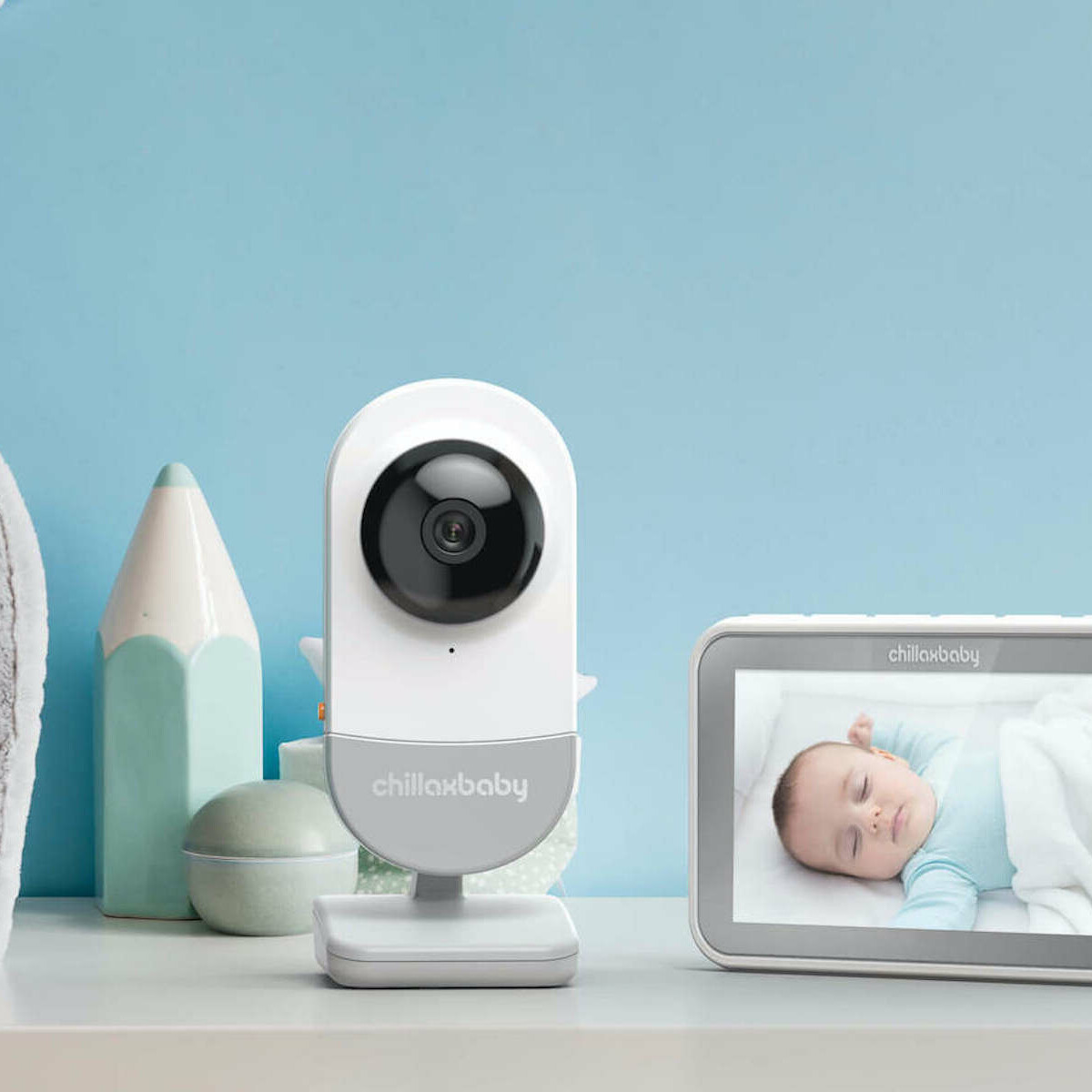
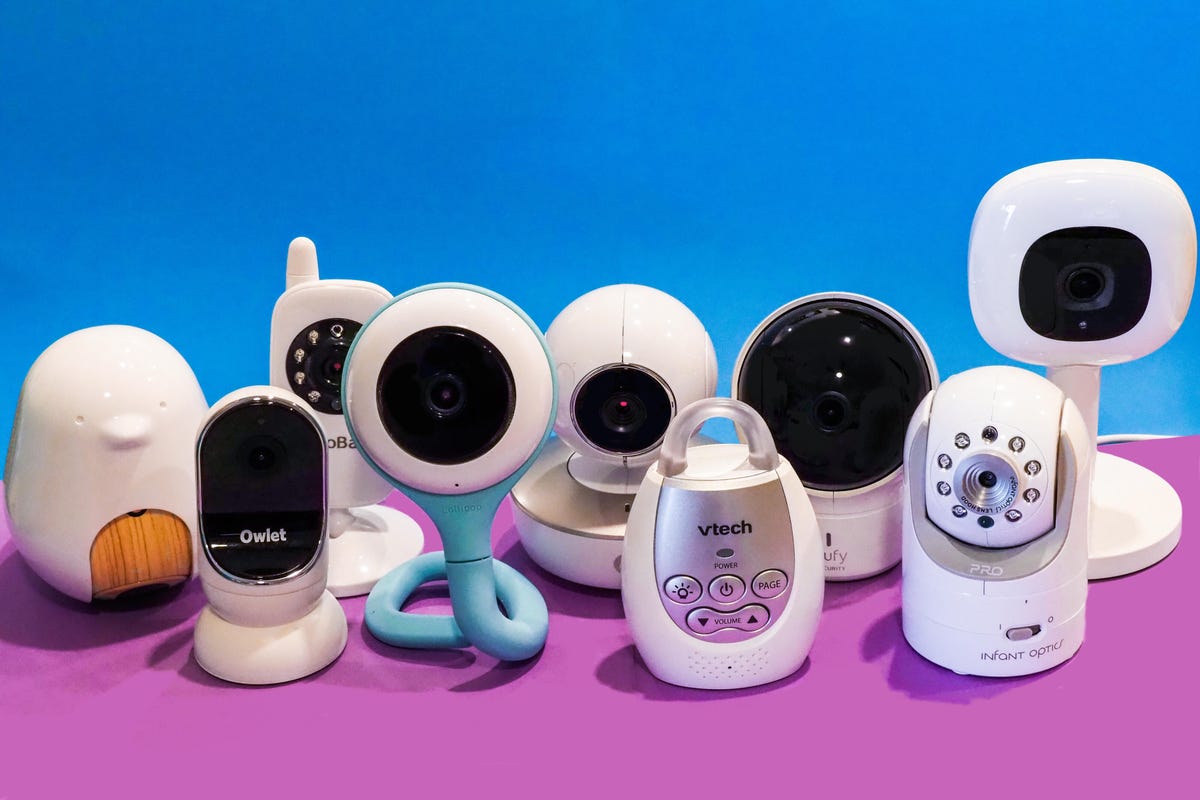
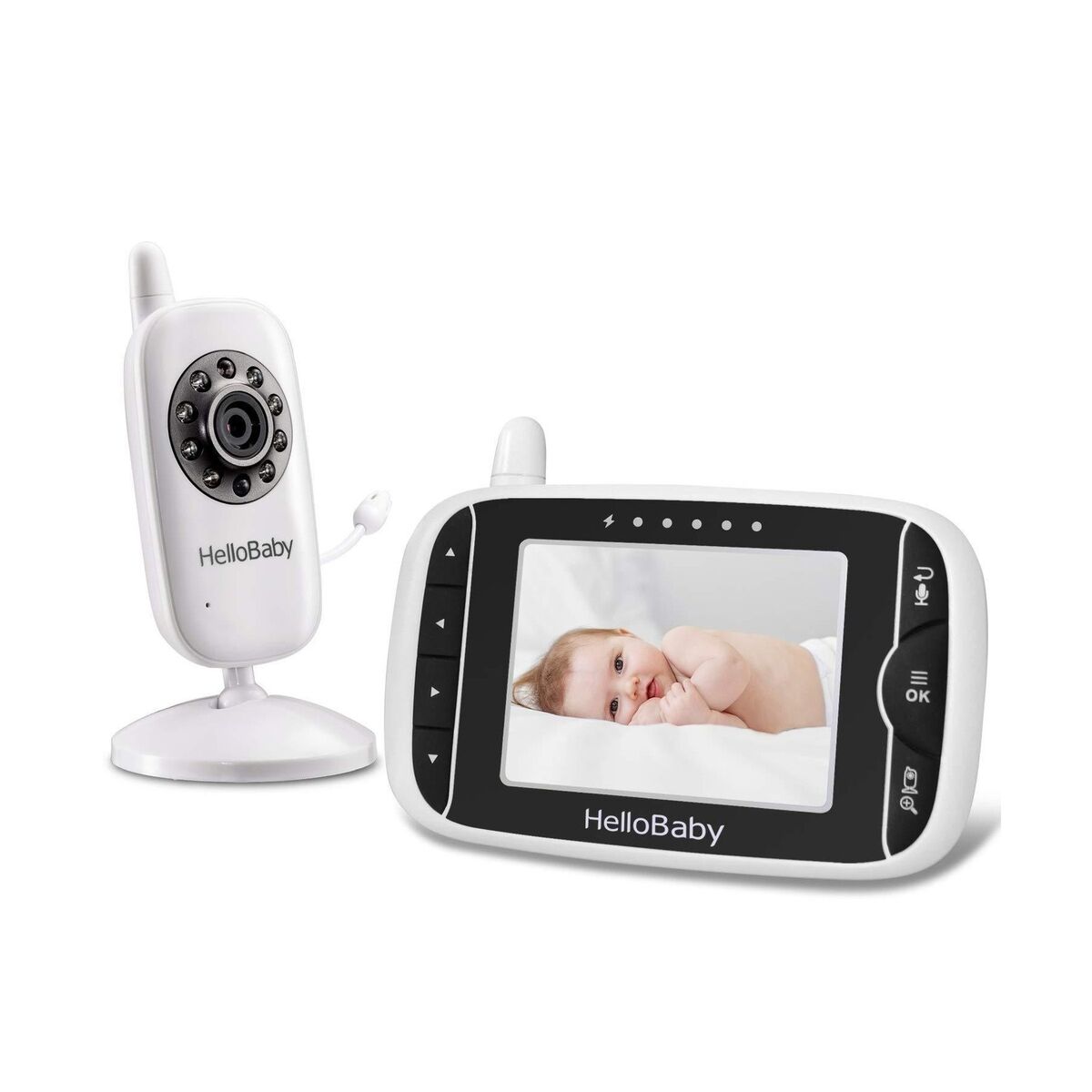
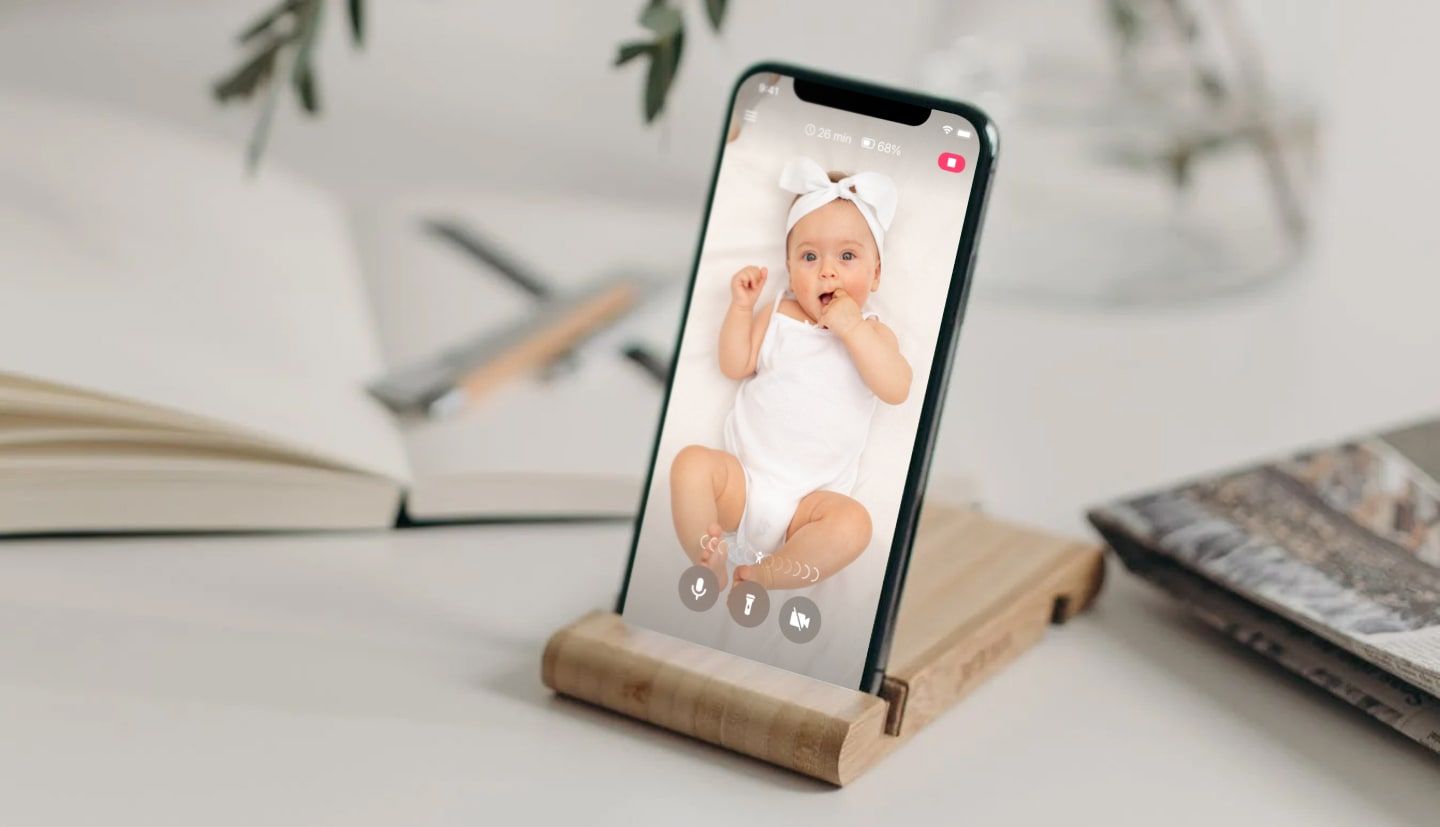
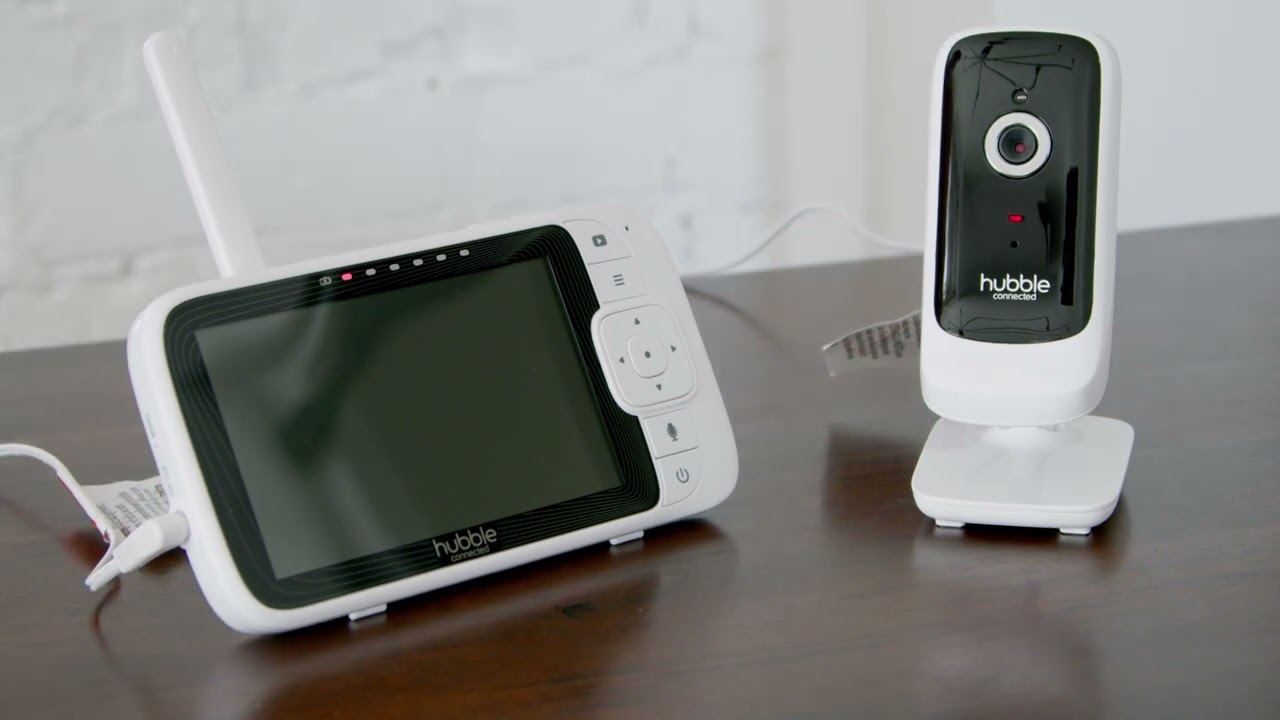
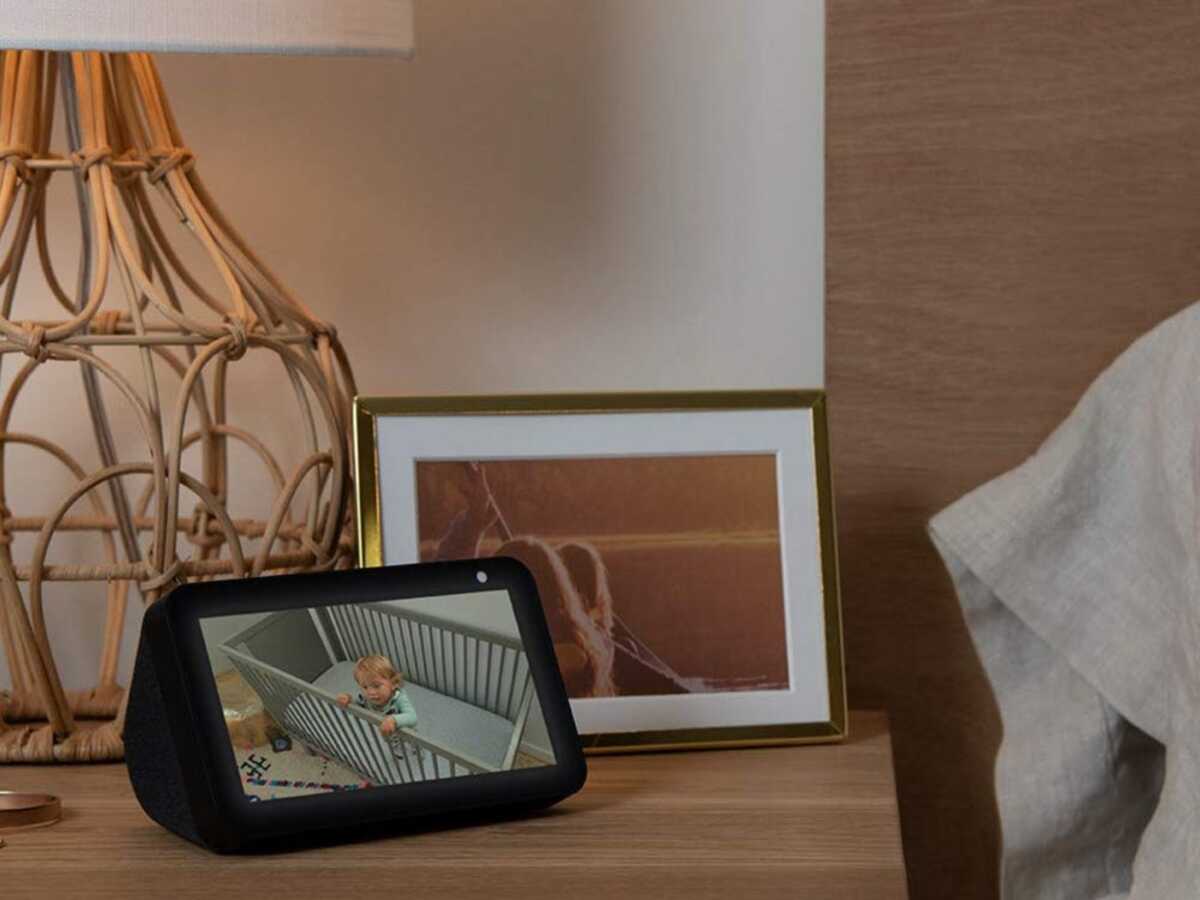
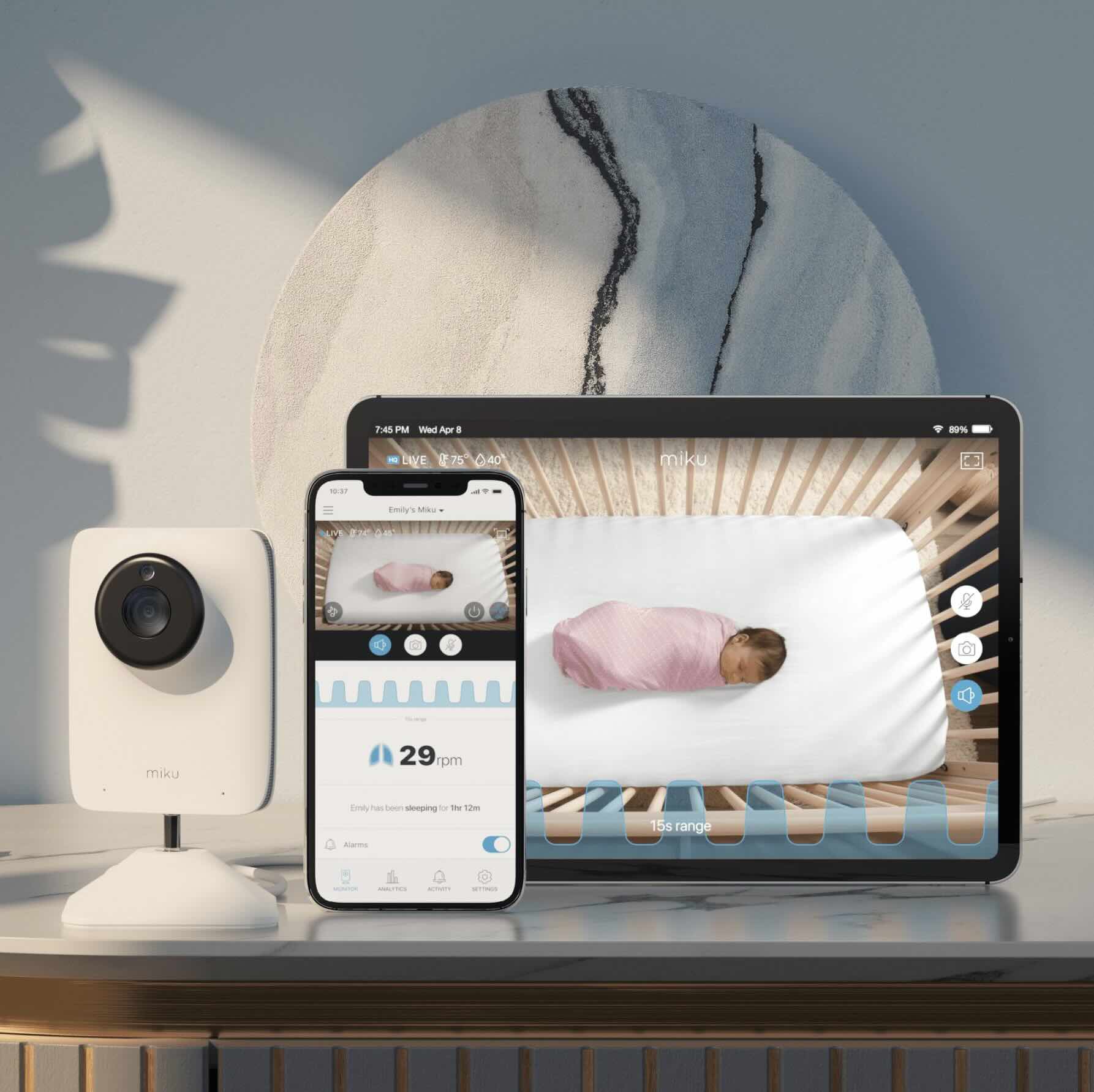

0 thoughts on “How Accurate Is The Temperature On A Baby Monitor”